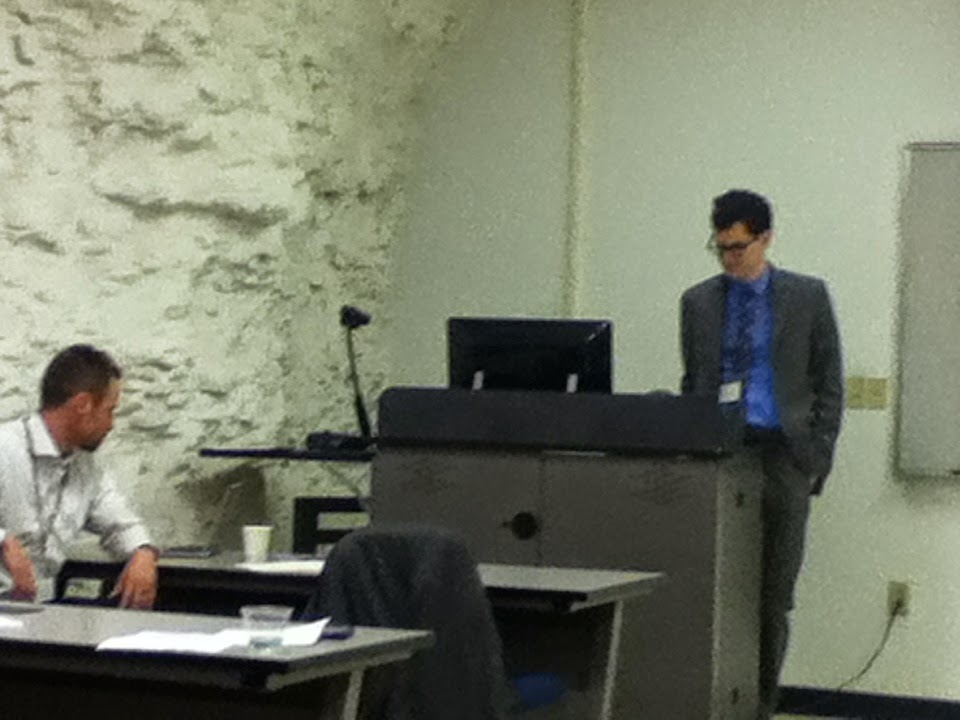Robert Reich's 2013 film, "Inequality for All," takes on the issue of economic opportunity, which I consider to be foremost among the core issues surrounding our common life in 21st century America. Using a similar approach to "An Inconvenient Truth," Al Gore's 2006 film on climate change, Reich mixes clips of his public presentations, interviews with people affected by current economic trends, data presented with snazzy graphics, and personal reflections. For people who realize that something is seriously wrong with the American economy, but who are not sure what it is, Reich makes a clear, accessible case that political decisions have reinforced rather than mitigated four decades of dislocating economic change. On the other hand, if you believe today's problems are caused by a corrupt presidential administration funneling money to the health care industry--the actual theme of a current media blitz by the Koch Brothers' Americans for Prosperity group--you will probably not find anything Reich says convincing.
Reich is a professor of economic and social policy at the University of California, Berkeley, is a frequent commentator on public affairs programs, and has worked in several presidential administrations, most recently as Bill Clinton's Secretary of Labor. I first encountered him in The Work of Nations (1991), and a lot of those ideas reappear here. He sets out three goals for the film at the start: to describe what is happening; to explain why it is happening; and to determine whether the current degree of inequality has become too great. He jumps around among these three quickly, albeit engagingly, so you have either to pay close attention or else take notes (as I did) to be able to reconstruct the whole argument.
Reich's argument, in very brief:
- What is happening: The problem is not inequality per se, but widespread loss of economic opportunity as inequality widens. The U.S. economy has grown a lot since 1978, but nearly all of those gains have been concentrated at the top levels of incomes, while the real income of the typical male worker has actually dropped. 1 percent of the population (knowledge/tech workers, CEOs and financial whizzes) now makes 23 percent of national income, a record high. Most of that income is invested, flowing all over the world without regard to where the investors happen to live. Down at the level where the rest of us are, companies have cut jobs and paid as little as possible in order to stay profitable and competitive; ordinary families have tried to keep up with these trends by moving moms out of the home and into the workforce, working longer hours, and borrowing against the value of their homes, but each of these tactics has played itself out.
- Why it is happening: The most basic causes are globalization and technology, which mean that most production can be done more cheaply with fewer workers or moving operations overseas. New jobs pay less well on the whole. Opportunities for displaced workers to get better-paying jobs are limited by the government's declining investment in workforce education and training. (Here the U.S. response contrasts with western European countries and Japan, who are graduating a larger proportion of their youth from college.) Meanwhile, the government, which always sets the rules for the marketplace ("no such thing as a purely free market," claims Reich) has in the U.S. catalyzed this process by extensive deregulation. The new superrich have used their wealth to lobby for bailouts, subsidies and tax laws that entrench their wealth, abetted by court decisions that have struck down campaign finance and lobbying restrictions on free speech grounds.
- Is this a problem?: Yes. Reich and his interviewees argue that economic opportunity is only created when the middle class has money to spend. (They pointedly take issue with conservative sanctification of rich "job-creators.") A president of a company that makes pillows points out that CEOs who make many times the salary of the average worker [331x according to the latest data] don't buy 331 times as many pillows, and calls for a "middle-out" economics instead of "trickle-down." He draws parallels between economic inequality now and that which preceded economic upheavals in the 1890s and 1920s. He further notes that the current round economic stress has brought characteristic political stresses: increased partisan polarization, middle class protest movements, and incidents of hate attacks.
Reich concludes on a positive note, telling the final session of a class at Berkeley to "consider where we [in the United States] have been.... History is on the side of positive social change." I hope he's right. But I can think of ways that our currently bad situation can get horribly worse: frustration turning to widespread violence (Russia in 1917 or Germany in 1933), or else political quiescence and social stagnation thanks to successful smoke-blowing by empowered super PACs.
MORE AT
"Inequality for All" website, http://inequalityforall.com/
"What the 1% Don't Want You to Know," Moyers & Company, 18 April 2014, http://billmoyers.com/episode/what-the-1-dont-want-you-to-know-2/ [discussing Capital in the 21st Century by Thomas Piketty with Paul Krugman]
Peter Fisher, "Basic Needs and the Minimum Wage," Iowa Policy Points, 10 April 2014, http://iowapolicypoints.org/2014/04/10/basic-needs-and-the-minimum-wage/
I have previously addressed inequality in "Is There a Natural Minimum Wage?", 15 March 2014, https://brucefnesmith.blogspot.com/b/post-preview?token=6_i3h0UBAAA.EJrIbUCcHdjx8sUmj232kw.IkRQAX4y8p8ZHblsIZ7smQ&postId=3005452853159856565&type=POST
















